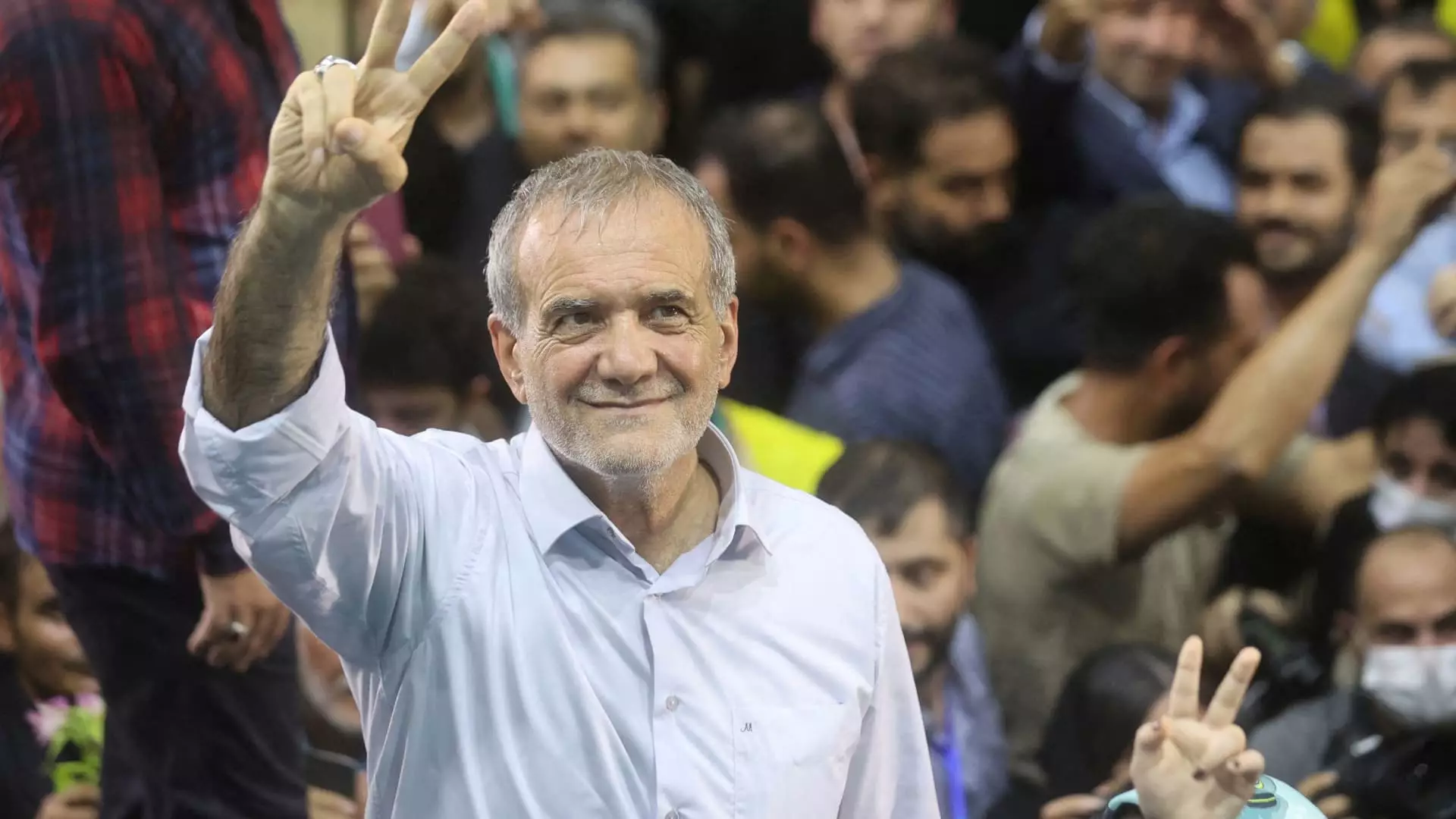In a surprising turn of events, Masoud Pezeshkian emerged as the victor in Iran’s recent presidential election, securing 16.3 million votes. Despite being described as a “token reformist” and a “second-tier candidate” with little name recognition, Pezeshkian managed to defeat several staunchly conservative candidates, including his hard-line right-wing rival Saeed Jalili. This unexpected victory signals a shift towards reform within the Iranian political landscape.
As the newly elected president, Pezeshkian faces numerous challenges, including a battered economy, dissent crackdowns, high inflation, and heavy Western sanctions. Moreover, he must navigate the escalating tensions with the U.S. over Iran’s nuclear enrichment and the Israel-Hamas conflict. Pezeshkian’s presidency comes at a critical juncture, with the potential for renewed diplomatic engagements and slightly more progressive domestic policies.
While the Iranian president plays a crucial role in shaping the country’s foreign policy and serving as a public-facing messenger, ultimate power and critical decision-making lie with the supreme leader, Ayatollah Khamenei, and unelected institutions like the Revolutionary Guards. Despite the potential for incremental change under a reformist president, the broader framework set by these influential bodies will continue to define Iran’s political landscape.
Election Process and Constraints
Iran’s presidential election followed the unexpected death of former President Ebrahim Raisi, leading to a constrained electoral process. The country’s ultra-conservative Guardian Council decides who is allowed to run for office, limiting the genuine choice for voters. With only six candidates approved to run, all of whom are hard-line conservatives, the lack of diversity in the candidate pool raises questions about the fairness of the electoral process.
As Masoud Pezeshkian assumes the presidency and seeks to implement his reformist agenda, the path forward for Iran remains uncertain. While there is potential for gradual change and renewed diplomatic engagements, the overarching power structures and strategic imperatives that shape Iran’s policies will continue to exert influence. The international community will be closely watching Iran’s next steps as it grapples with economic challenges, regional conflicts, and nuclear ambitions.

Leave a Reply